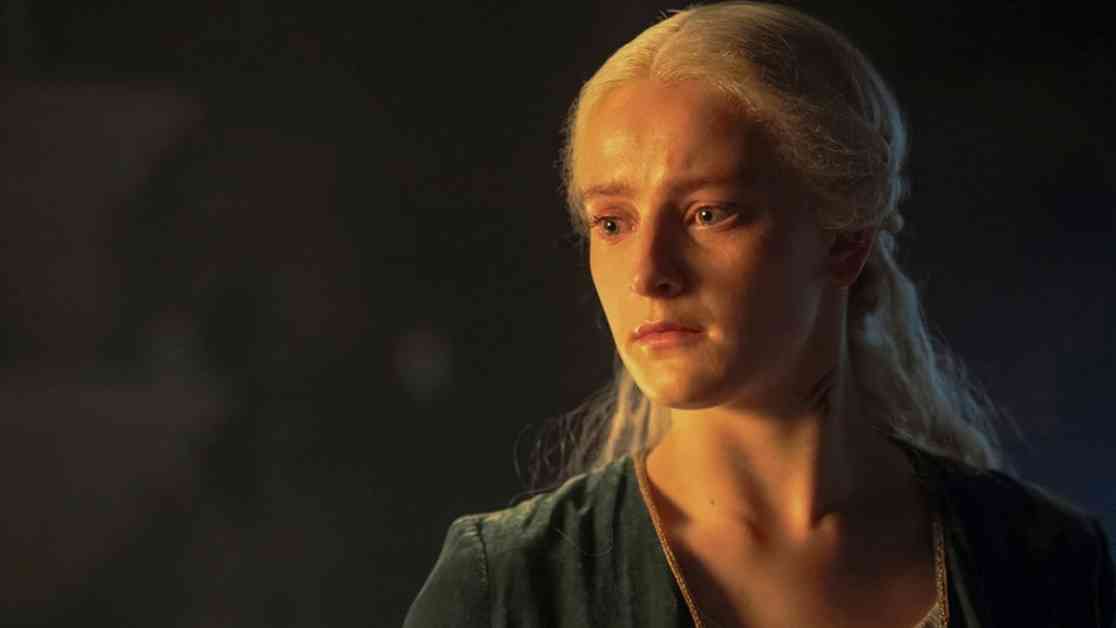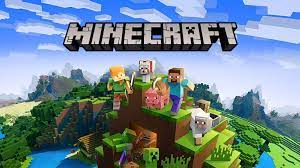George R. R. Martin, the renowned author behind the Game of Thrones novels and the Fire & Blood spin-off, recently made headlines for his criticism of a major change in the HBO series House of the Dragon. In a now-deleted post on his blog titled “Beware the Butterflies,” Martin delved into his concerns about a specific scene in season two of the show. Although the post was quickly removed, it sparked a discussion among fans and critics alike.
George R. R. Martin’s Critique
According to the archived post, Martin took issue with a pivotal moment in House of the Dragon involving a scene known to fans of Fire & Blood as “Blood and Cheese.” In the show, Queen Helaena is confronted by two intruders in the castle who demand she reveal which of her two young children is a boy, with the intention of murdering the rightful heir to the Iron Throne. Despite her attempts to divert their attention, she ultimately points to her son Jaehaerys, who is then ruthlessly killed by one of the intruders.
Divergence from the Novel
In Martin’s original novel, the scene plays out quite differently. Queen Helaena has three children – Jaehaerys, Jaehaera, and Maelor. When Blood and Cheese enter the castle, she first offers up her own life before reluctantly indicating Maelor, the youngest of her children, for the intruders to kill. However, they recognize her reluctance to point out Jaehaerys, the next in line for the throne, and proceed to murder him regardless. Martin revealed that he had discussions with showrunner Ryan Condal about the alteration but ultimately acquiesced due to practical considerations such as production constraints and budgetary concerns.
Martin’s Disappointment
While Martin acknowledged that he still enjoyed the episode despite the changes, he expressed disappointment over the decision to completely remove the character of Maelor from the series. He emphasized the importance of Maelor’s presence in the original storyline and how his absence could impact the narrative trajectory, particularly in relation to Queen Helaena’s subsequent actions and the political upheaval that follows.
Martin drew parallels between the removal of Maelor and the concept of the Butterfly Effect, suggesting that even seemingly minor alterations could have far-reaching consequences on the overall story. He warned readers of potential spoilers from the book series, noting that certain plot developments may diverge significantly from the televised adaptation.
Impact on the Storyline
In Fire & Blood, the loss of Maelor plays a significant role in the events that unfold following his death. Helaena’s suicide and the subsequent public outcry against Queen Rhaenyra are directly linked to the absence of Maelor in the narrative. Martin highlighted the interconnected nature of the plotlines and how each character’s actions and decisions contribute to the overall coherence of the story.
Martin concluded his post with a foreboding warning about future changes in House of the Dragon, hinting at potential deviations in upcoming seasons that could have detrimental effects on the narrative continuity. He expressed his concerns about the direction of the series and hinted at larger consequences if certain creative decisions were pursued.
As fans and critics speculate on the implications of Martin’s critique and the potential ramifications for the future of House of the Dragon, the debate over adaptation fidelity and narrative integrity continues to resonate within the realm of television storytelling. The clash between artistic vision and commercial considerations underscores the complex nature of adapting literary works for the screen, raising questions about creative autonomy, audience expectations, and the delicate balance between honoring the source material and crafting a compelling visual narrative.
In the ever-evolving landscape of television adaptations and franchise expansions, the tension between creative fidelity and commercial viability remains a central theme in discussions surrounding the intersection of literature and visual media. As creators navigate the challenges of adapting beloved works for new audiences, the legacy of iconic literary universes like George R. R. Martin’s continues to shape the cultural landscape and inspire passionate debates among fans, critics, and industry insiders alike.
















